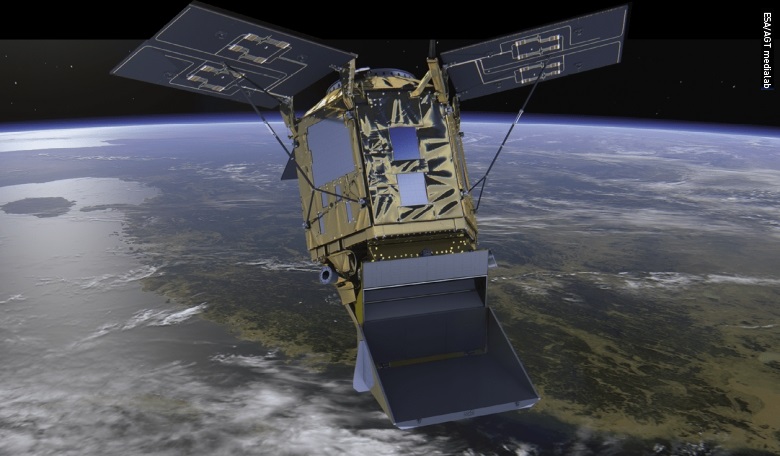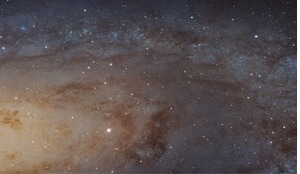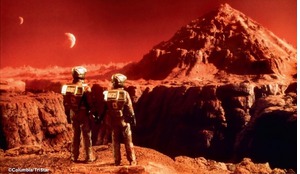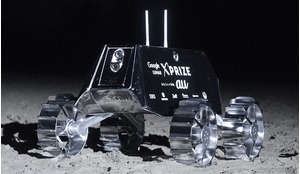The role of space-based instruments in observing the Earth is well-known, but the key technologies behind the instruments are less well understood. Philippe Chorier describes the development of detector chips for high priority environmental and meteorological missions, in particular the importance of mercury cadmium telluride (MCT).
Our Earth is in a fragile state and severe weather is wreaking havoc. Just consider the horrendous storms that ripped through towns and villages in central Europe this summer, or the intense heat in North America that has contributed to numerous and devastating forest fires.
Against this backdrop, the biggest concern has to be the rapid rise in carbon dioxide emissions, which is driving changes to weather patterns and threatening to make the homelands of some of the world’s poorest inhospitable. Also important, however, are the levels of ozone which protect us all from damaging UV radiation and the abundance of other greenhouse gases, such as methane.
While it is possible to measure the concentrations of these gases from sensors stationed on Earth, such an approach suffers from several significant drawbacks. Two weaknesses are the time and considerable expense associated with deploying and maintaining a vast network of terrestrial instruments; another challenge is how to monitor the atmosphere over vast expanses of sea.














